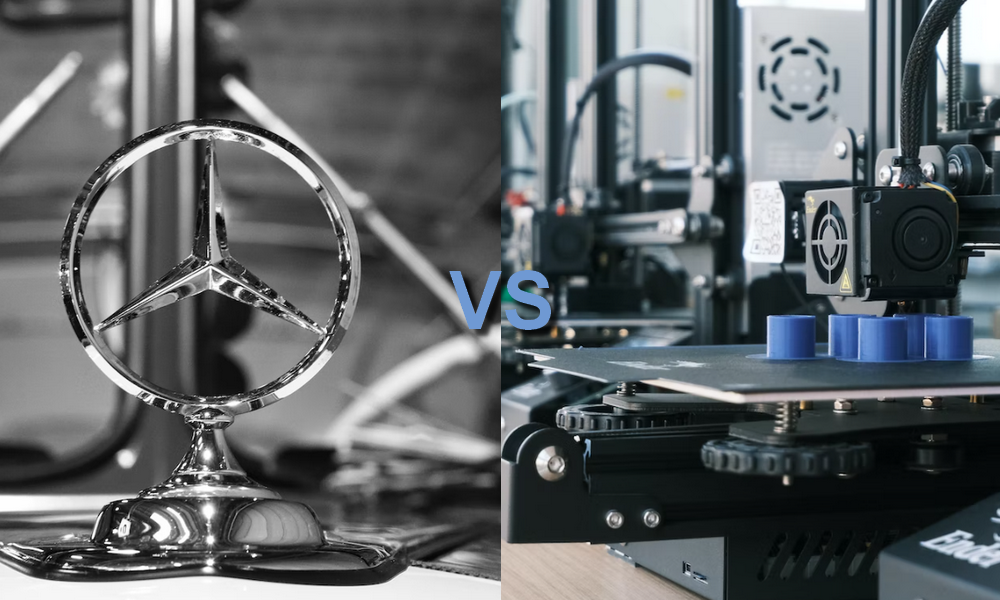 Author: Ian Aldridge, Progressive Legal
Author: Ian Aldridge, Progressive Legal

What’s the difference between a patent and a trademark?

In Australia, both trademarks and patents are intellectual property rights, providing a legal shield against other traders trying to profit from your idea and investments. Each one, however, protects a specific type of intellectual property so it’s important to know the difference between a patent and a trademark.
Although we will not be discussing copyright here, do keep in mind that there’s often also overlap between trade marks, patents and copyright protection. More info about copyright can be found here.
Trademarks vs Patents – what are they?
Trade marks legally protect your business’s unique brand used for your products or your services that helps customers distinguish you from your competitors. Trade marks can protect a logo, phrase, word, letter, sound, smell, picture, shape, movement, aspect of packaging, or any combination of these. Trade Marks can be registered under the Trade Marks Act 1995 (Cth). The owner of a registered trade mark has the exclusive right to apply the brand to the products and/or services it has registered for.
A patent on the other hand grants you the right to prevent others from manufacturing, using, or selling your invention in Australia without your permission. Your invention must be new, useful, inventive, or innovative for your application to be successful. In short, a patent protects the new and innovative function, method, or the workings of a thing.
In other words, patents protect ideas and concepts, whereas registered trade marks protect your brand. You can register for trade mark and patent protection for one and the same thing as they offer protection for different features.
Take, for example, a new car brought to the market. The name of the brand, the logo(s) used for this brand, a combination of those two, the taglines used when marketing and advertising this brand, can all be protected with trade marks. This car’s new method of operation or new function, such as a new way to close any car doors from the driver’s seat for example, can be protected with a patent.
The processes of registering a trade mark and a patent in Australia are different. However, they both start with an application to the Australian intellectual property office, being IP Australia.
Requirements for registering a trademark
For trade marks, an application stating what the trade mark is, as well as the goods and services the trade mark will be used for must be submitted to IP Australia.
IP Australia then performs an examination process to determine if the trademark or patent application meet various legal requirements.
If your application does not meet the stipulated requirements upon examination, you will receive an Adverse Examination Report. This will detail any issues detected, along with the examiner’s reasoning. The report may suggest options for overcoming any issues highlighted by the examiner.
However, important to remember is that there’s often options to overcome any issues other than those mentioned by the Examiner. This is why it’s so important to seek legal advice if you’ve received an Adverse Report from IP Australia, and discuss strategies, risks and possible outcomes with a trade mark expert.
If you can address the issues and provide any required information, the examiner may reconsider their initial findings and accept your application.
Alternatively, if your trade mark application meets the relevant requirements, it will be advertised in the Australian Official Journal of Trade Marks for 2 months. Third parties then have the opportunity to oppose to your trade mark registration before it proceeds to a registered status. If it is not opposed, IP Australia will officially register your trade mark and issue a Certificate of Registration.
A registered trade mark grants you exclusive rights to use, license and sell the mark. It also gives you the right to take legal action against others using your trade mark. This makes a registered trade mark an effective marketing tool to develop a strong brand and to maintain brand loyalty from customers.
Requirements for registering a patent
A patent specification can be a lengthy and technical document and generally requires more time and cost to prepare than preparing a trade mark application.
An application for an Australian standard patent undergoes substantive examination before being registered and granted. Examination of a patent application is mandatory, and your patent will be enforceable following successful examination and subsequent granting of the patent.
This difference in examination requirements increases the difficulty in obtaining a patent, and also results in a longer time period to achieve registration and grant of a patent (often years) as opposed to a trade mark application (usually within a year).
The in-depth examination required for a patent also significantly increases the costs for a patent.
Duration of Protection – Trademarks vs Patents
A trademark registration will last 10 years and can be extended indefinitely with 10-year intervals by payment of a renewal fee. Crucial to bear in mind however is that, once you haven’t used a registered trademark for over 3 years, a competitor can seek to have the mark removed from the register on the grounds of non-use.
Depending on the type of patent registered, the duration of protection differs. Standard patents last for a term of 20 years, while innovation patents last for eight years. In some instances, pharmaceutical patents can last up to 25 years.
Patent protection cannot be extended once those respective terms expire, so a patent provides you with the exclusive right to exploit your invention for this duration only. However, renewal fees are due every year starting 4 years after the filing date, until the patent ends.
Summary – the difference between a patent and a trademark
A trademark and a patent are both forms of intellectual property protection, but they protect different types of assets.
A trademark is a type of protection that is used to protect a brand name, logo, or other distinctive signs that identify goods or services of a particular company. Trademarks are used to prevent others from using a similar name, logo, or other identifying features that could cause confusion in the marketplace. The protection of trademarks is typically granted for a renewable period of time, often 10 years or more.
A patent, on the other hand, is a type of protection granted to inventors to prevent others from making, using, selling, or importing an invention for a limited period of time, usually 20 years from the date of application. Patents are granted for inventions that are new, non-obvious, and useful, and they give the owner the right to exclude others from using the invention without permission. Patents are typically used to protect new and useful machines, processes, compositions of matter, and improvements thereof.
In summary, trademarks protect branding and identification of goods and services, while patents protect inventions and prevent others from making, using, or selling the same invention.
Key Takeaways
You might want to incorporate both trade mark and patent rights as part of your IP strategy, depending on the nature of your goods.
Trade marks will protect your brand, but not the invention of the thing you’re providing using this brand. If the way your invention works is an important feature of your business, then a patent application may be a valuable form of protection for your business.
Important to remember is the substantial differences in costs for either a trade mark or a patent – due to the extensive examination of patent applications and the annual renewal fees to maintain a patent, the costs for a patent are significantly higher.
Our team of lawyers, trademark attorneys and patent attorney specialists can provide you with tailored advice on the type of intellectual property protection you need and can help you get started to obtain this protection.
For more information or to talk to one of our team members, contact us on 1800 820 083 or make an enquiry below.
Need Trade Mark Help?
Please get in touch with us today via phone or the contact form on this page.


